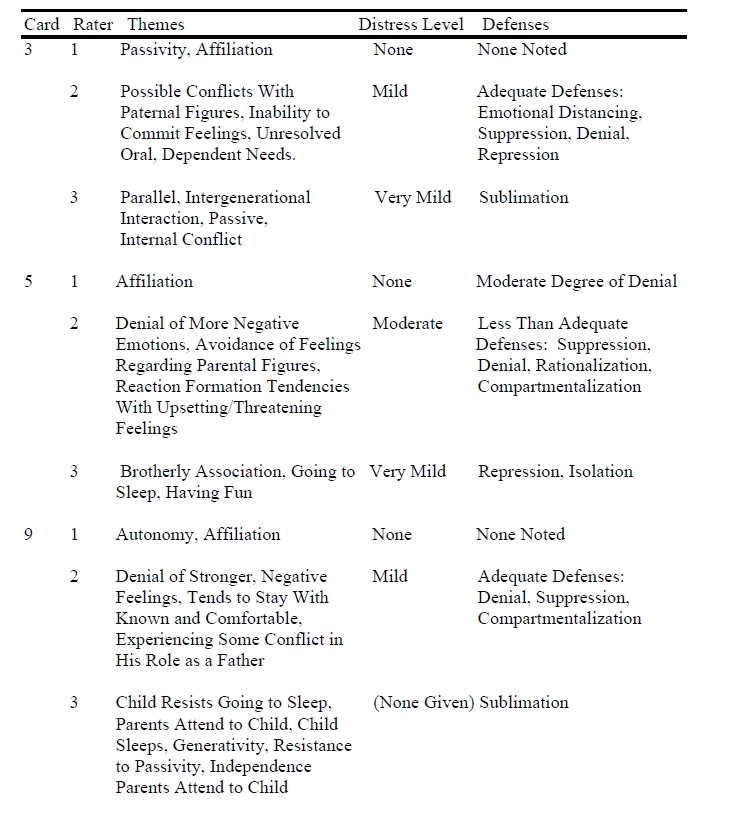How to Find Molecular Formula From Empirical Formula.
Get Started. To hire a tutor you need to send in your request through the form given below. Our support team will then how to write molecular and empirical formulas from structural formulas reach out to you to assist you in the whole procedure. They will guide you about payment and discount details as well.Calculate the molecular formula for this compound, given that the sample weighs 180g. Compare the recorded mass to that of the molar mass expressed by the empirical formula. CH 2O has one carbon atom (12g), two hydrogen atoms (2g) and one oxygen atom (16g). Its total mass is thus 30 grams.Although these two compounds have the same molecular formula (and, therefore, have identical chemical compositions), their structural formulas reveal a difference in the way that the four carbons are assembled. Structure is just as essential as composition in organic chemistry.
Empirical and Molecular Formulas The simplest types of chemical formulas are called empirical formulas, which indicate the ratio of each element in the molecule. The empirical formula is the simplest whole number ratio of all the atoms in a molecule.They possess same molecular formula but differ in structures and hence are known as structural isomers. It is very important to note that all of the following structures are one and same and indicate the different ways of writing the structure of isobutane. Construction of isomers of C 5 H 12.

Symbolize the composition of molecules using molecular formulas and empirical formulas Represent the bonding arrangement of atoms within molecules using structural formulas A molecular formula is a representation of a molecule that uses chemical symbols to indicate the types of atoms followed by subscripts to show the number of atoms of each type in the molecule.












